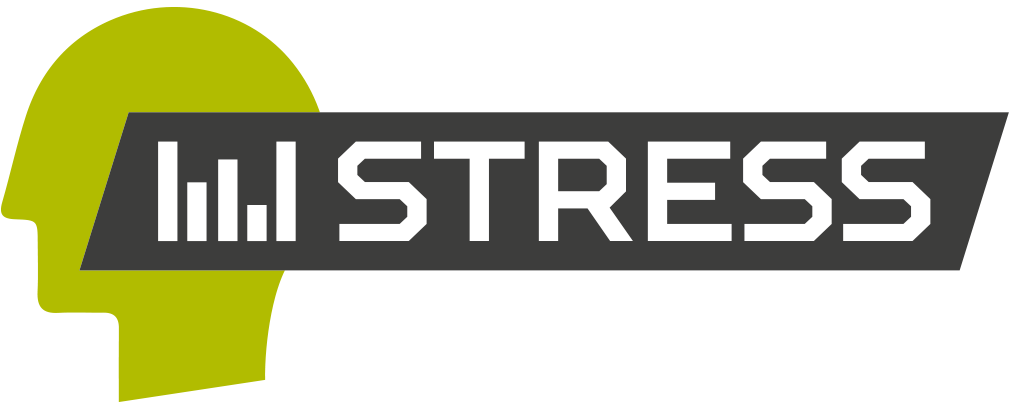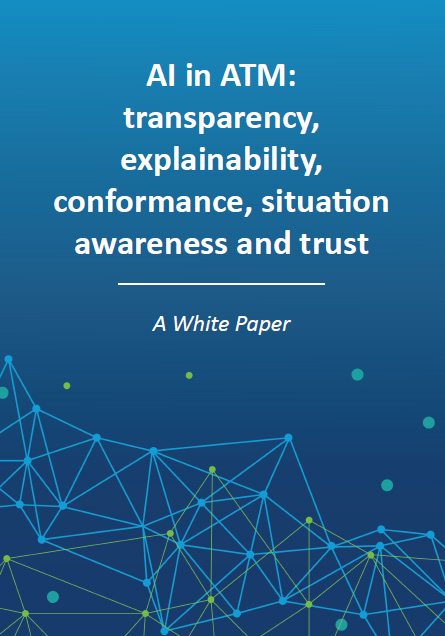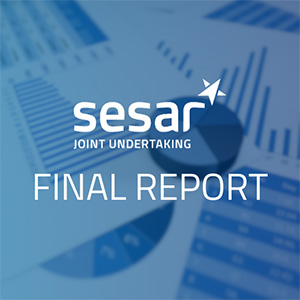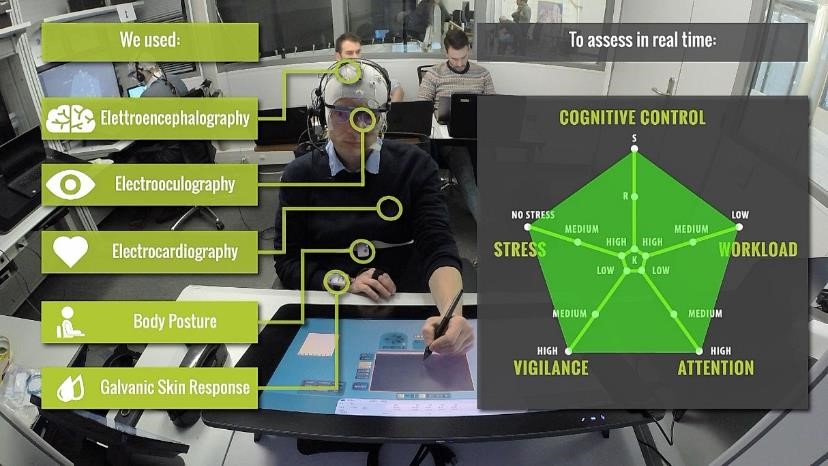Taking the stress out of automation
STRESS examined the human performance issues, benefits and impacts of the shift towards increased automation. This refers to a new generation of air traffic control systems, expected to (partially) autonomously manage decision making and implementation tasks, currently carried out by air traffic controllers. The latter would still be responsible for running the system safely, but their role would be shifted from that of an active controller to one more like that of a monitor.
To tackle this topic, STRESS focused on the future human performance envelope (HPE) configuration. Based on the expected future controllers' role, STRESS chose vigilance, attention, mental workload, type of cognitive control on tasks and stress as relevant human factors to investigate, and developed neurophysiologic indicators for all of them. To study the impact of automation levels on the air traffic controllers' HPE, STRESS measured the neurophysiological signals of air traffic controllers’ vigilance, attention, workload, stress and type of cognitive control during the execution of operational tasks, in a simulated air traffic control environment reproducing the complexity of future airspace scenarios and associated supporting technologies. As a result, the project provided automation design guidelines based on the HPE status.
The project delivered the following resources:
- Future ATC scenarios, including highly automated supporting technologies;
- A customised neurophysiological measurement toolbox for the future ATM, capable of monitoring the HP envelope in real time;
- Guidelines for the design of innovative technologies that are compatible with human capabilities and limitations.
The project’s findings aim to provide insights into change management and the introduction of new systems. These insights aim to provide guidance not only for human performance assessment, but also for operational training design and delivery, as well as for the design of optimal competence profiles
Benefits
- Enhanced real-time assessment of the impact of automation on human performance
- Improved design of automation tools







